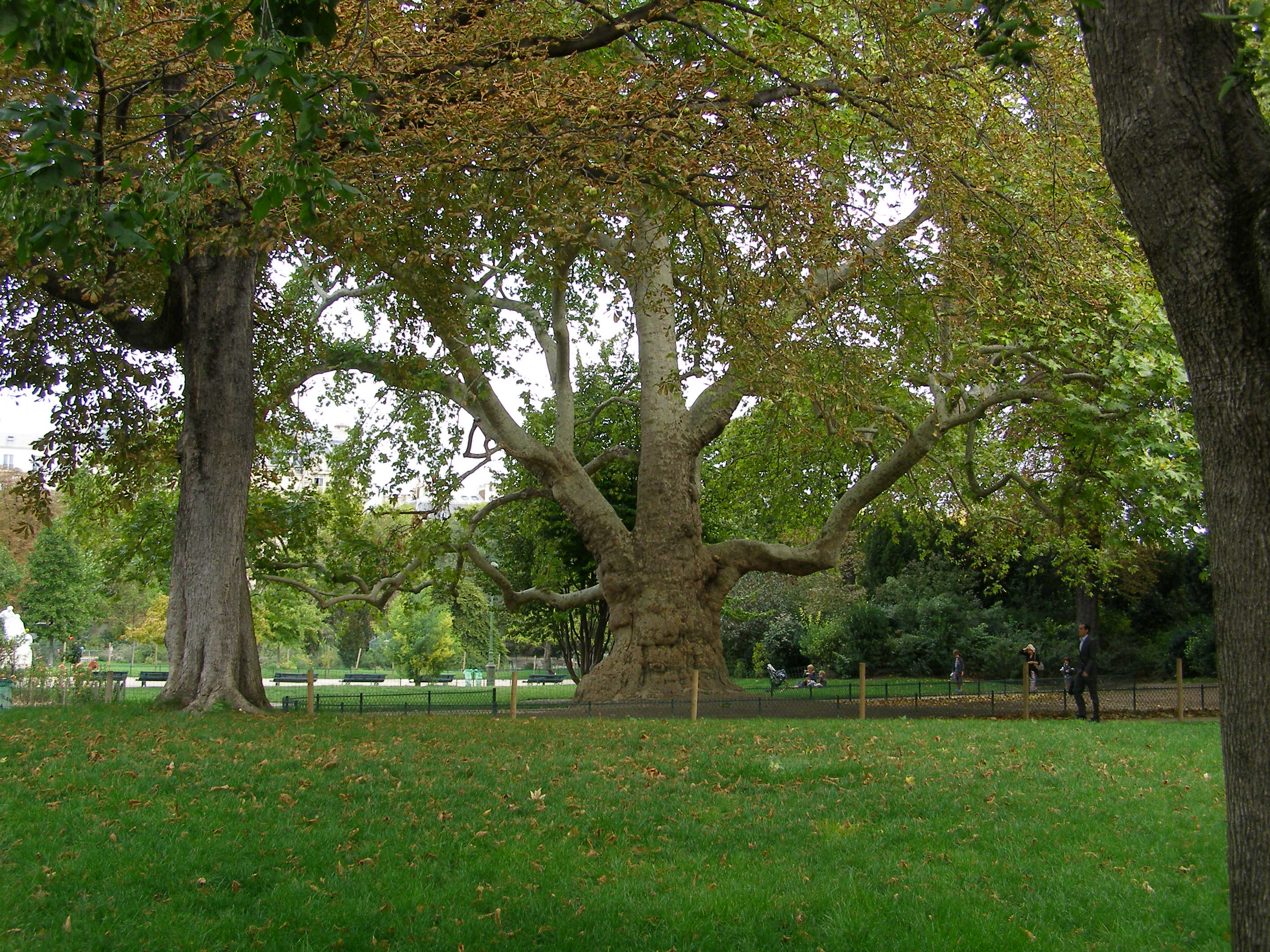Author: HvdE
Author Archives: HvdE
Nationalsm ehrr… ecology in gardens
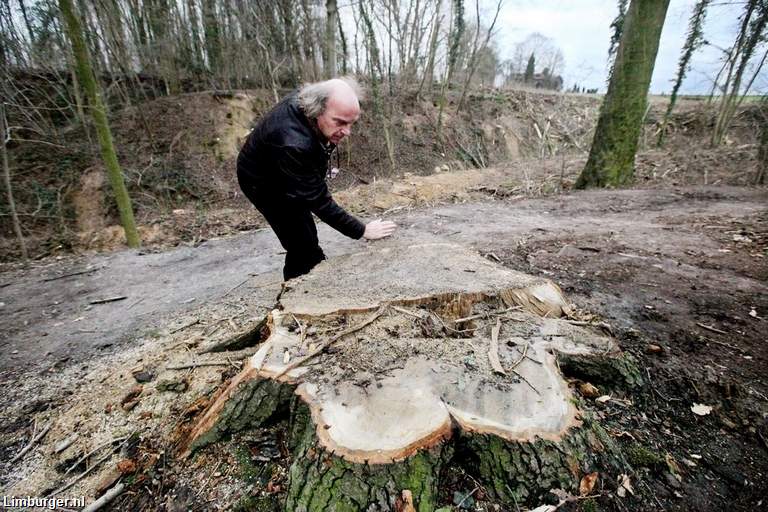
It is by no way restricted to Limburg, it happens all over the country: perfectly well developed trees are cut down in forests, avenues and woodland gardens because… the species involved are not ‘local’. In this particular case many specimens of what we call Amerikaanse eik (American Oak, or Quercus…
Tree cutting at Elswout and Duinvliet
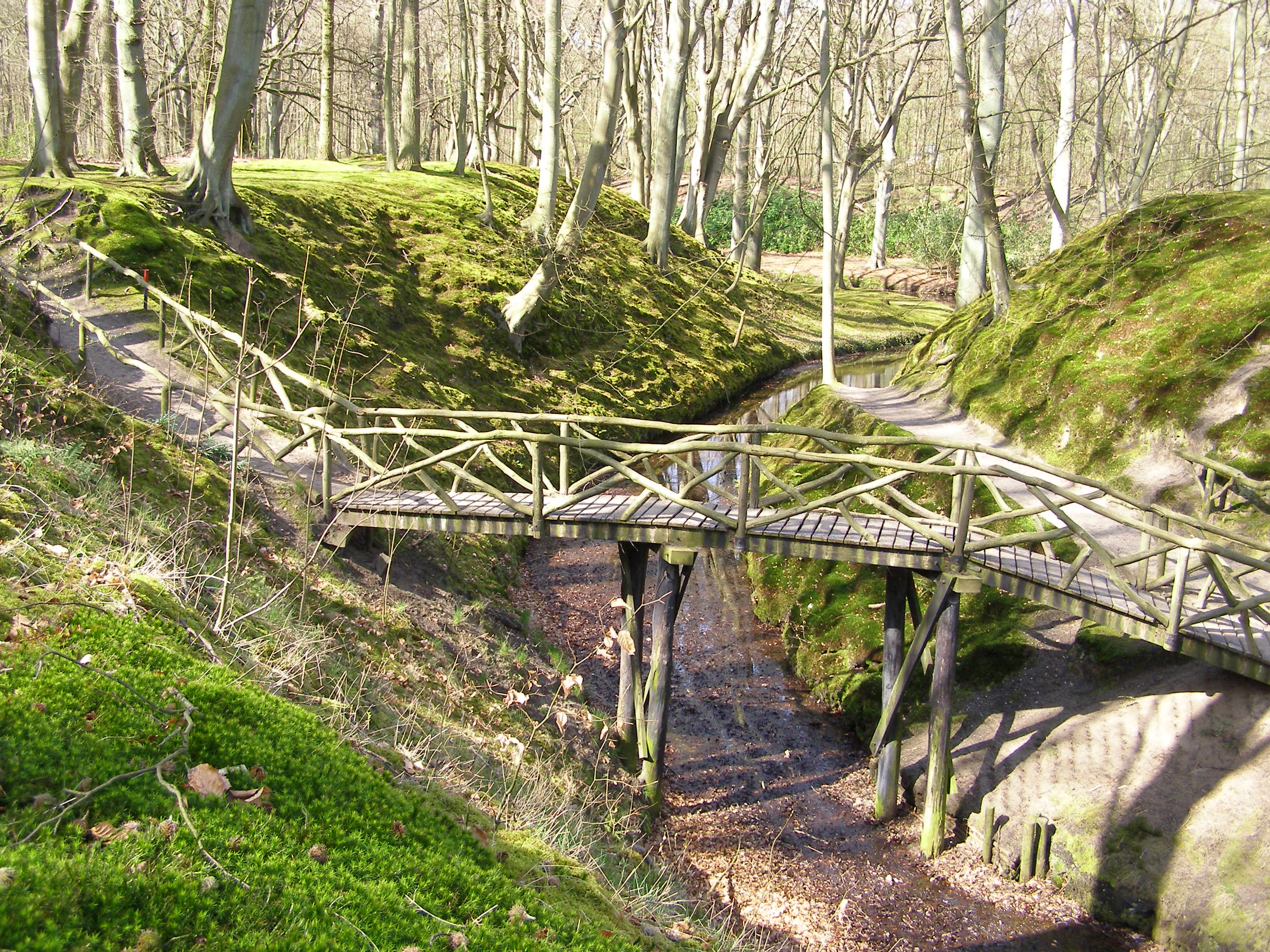
The sudden cutting of trees at Duinvliet and Elswout in Overveen might show I was right about the early landscape layout of part of the garden – which partly consists of the now disappeared Sandenhoeff.
The sudden cutting of trees at Duinvliet and Elswout in Overveen might show I was right about the early landscape layout of part of the garden – which partly consists of the now disappeared Sandenhoeff.
19th century renovations at Saint-Cloud
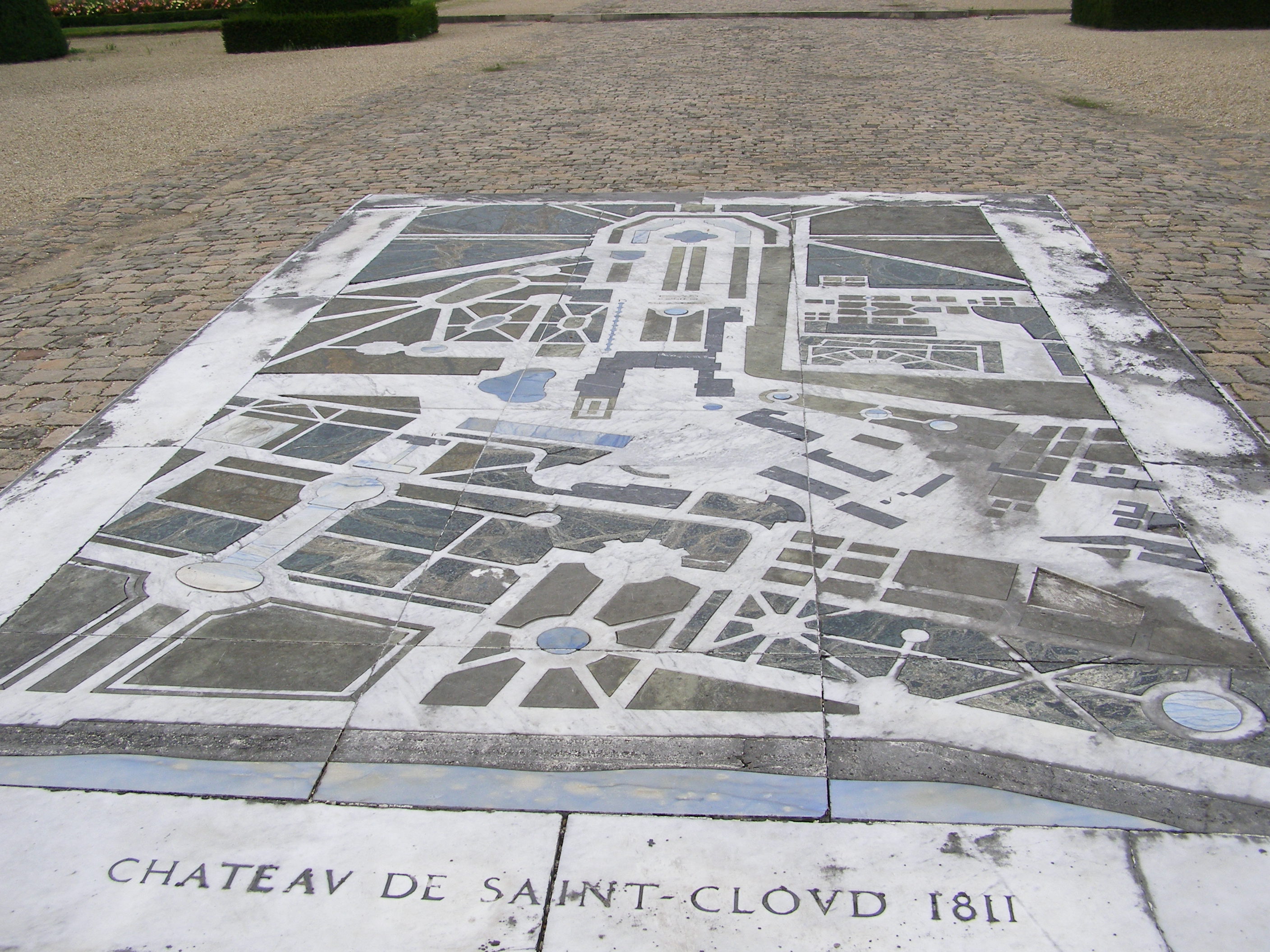
Statues dated 1866 made me think about how that section of the gardens at Saint-Cloud related to the 1870 destruction of the castle by fire. It must have been an early renovation of the Le Notre layout.
Statues dated 1866 made me think about how that section of the gardens at Saint-Cloud related to the 1870 destruction of the castle by fire. It must have been an early renovation of the Le Notre layout.
Wörlitz, Borghese and a Selene altar

An altar dedicated to Selene (Luna) in the garden of Wörlitz bears a close resemblance to a 2nd century Roman Selene altar that used to stand in the Temple of Diana in the garden of Villa Borghese (now in the Louvre). The Wörlitz altar is a late 18th century version and not an exact copy.
An altar dedicated to Selene (Luna) in the garden of Wörlitz bears a close resemblance to a 2nd century Roman Selene altar that used to stand in the Temple of Diana in the garden of Villa Borghese (now in the Louvre). The Wörlitz altar is a late 18th century version and not an exact copy.
On gradual loss
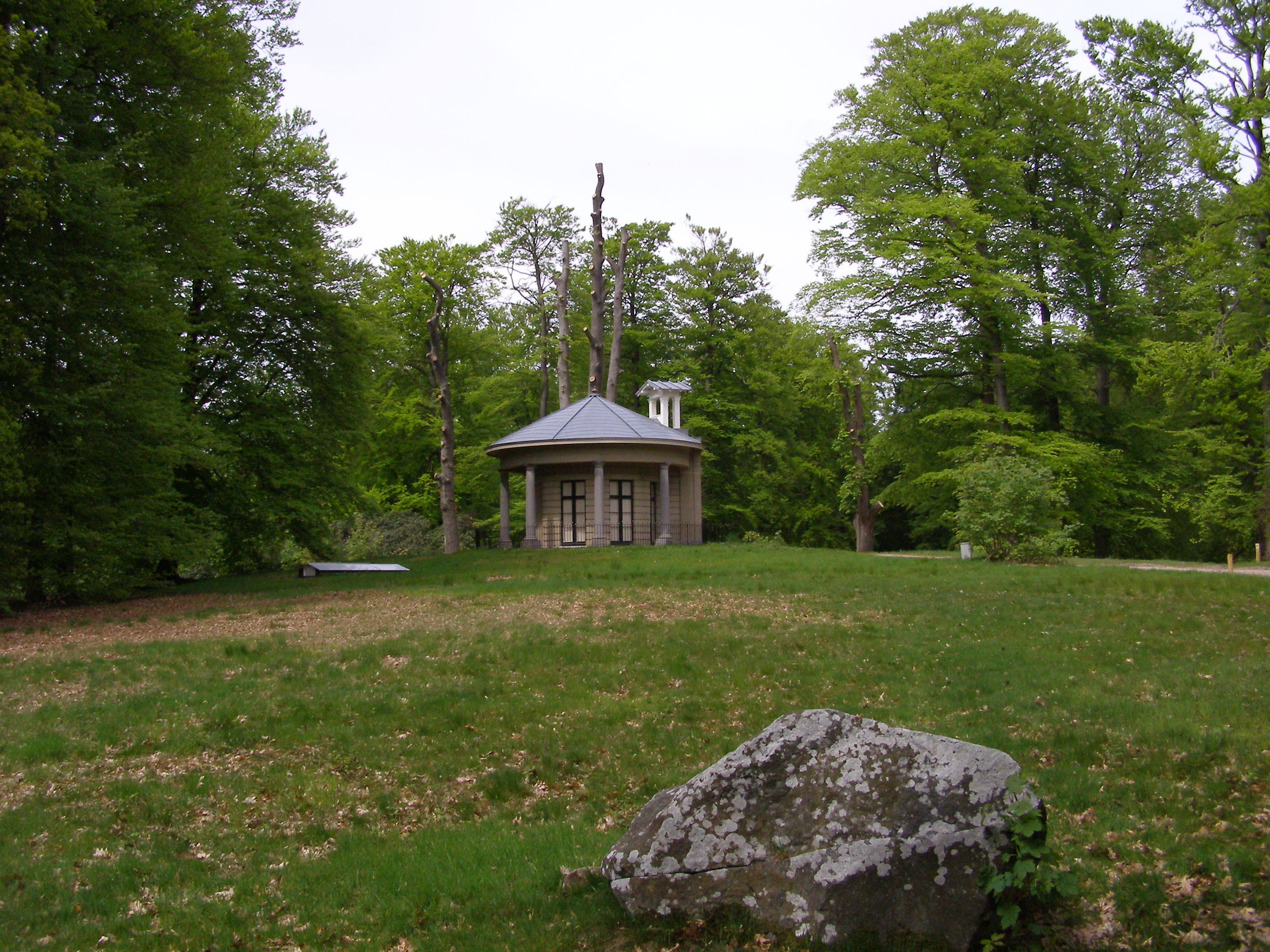
The removal of trees around the Koepel van Stoop was probably a correct decision. But what about the follow-up? Is there any intention to replant the group of trees?
The removal of trees around the Koepel van Stoop was probably a correct decision. But what about the follow-up? Is there any intention to replant the group of trees?
2600 years of gardening acknowledged
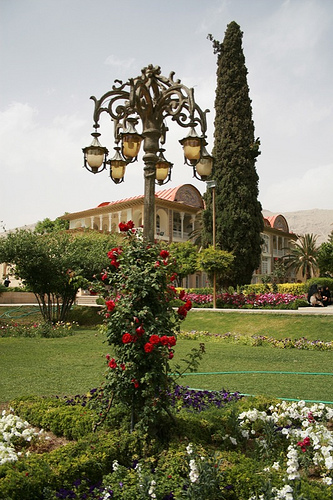
In its june 2011 session Unesco has entered the ‘Persian Garden’ on their World Heritage list. It is an acknowledgement of 2600 years of gardening in ‘failed state’ Iran. Nine locations are entered, ranging from gardens that only show bare essentials to pristine layouts.
In its june 2011 session Unesco has entered the ‘Persian Garden’ on their World Heritage list. It is an acknowledgement of 2600 years of gardening in ‘failed state’ Iran. Nine locations are entered, ranging from gardens that only show bare essentials to pristine layouts.
Mixed avenue on Tottenham Park
A 19th century mixed avenue consisting of horse chestnut and common lime. That’s all.

